This is a “Guest Blog” written by the writer/reviewer, Douglas Cruickshank, who reviewed my book, “NUDEBODYNUDE” for salon.com
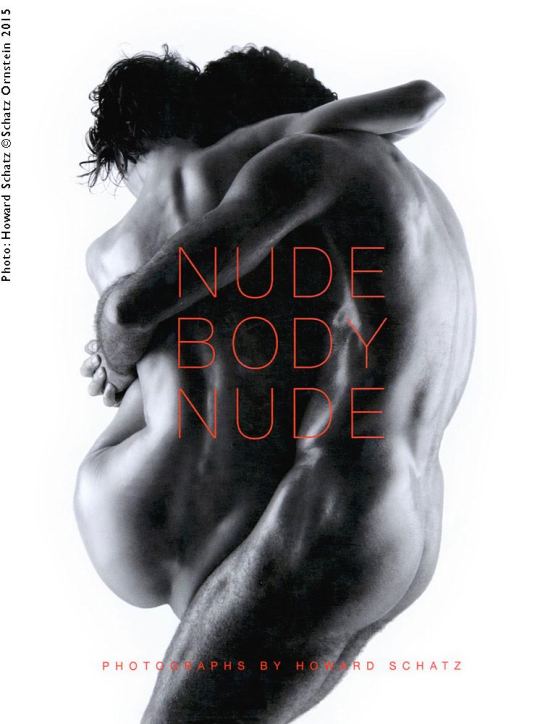
BODY SCHATZ
A collection of nudes by a photographer interested in “letting the gods in.”
by: Douglas Cruickshank

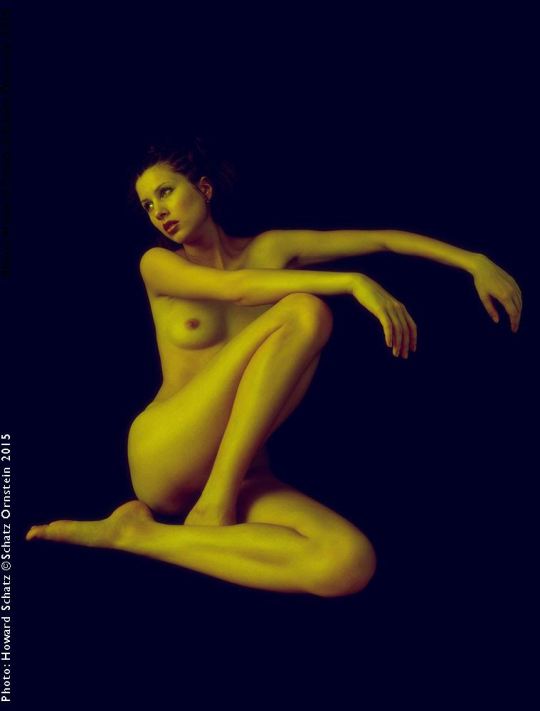
Getting people to look at nude photographs is a piece of cake, but it’s tough to do anything original in a genre that’s nearly as old — and overexposed — as photography itself. Photographer Howard Schatz knows that better than most. For the past decade, he has turned out one lavish photography book after another, including such well-received volumes as “Pool Light,” photos of dancers taken underwater; “Seeing Red: The Rapture of Redheads,” a visual celebration of the carrot-tops among us; and “Body Type: An Intimate Alphabet,” which is, as it sounds, an entire alphabet created from naked human bodies.
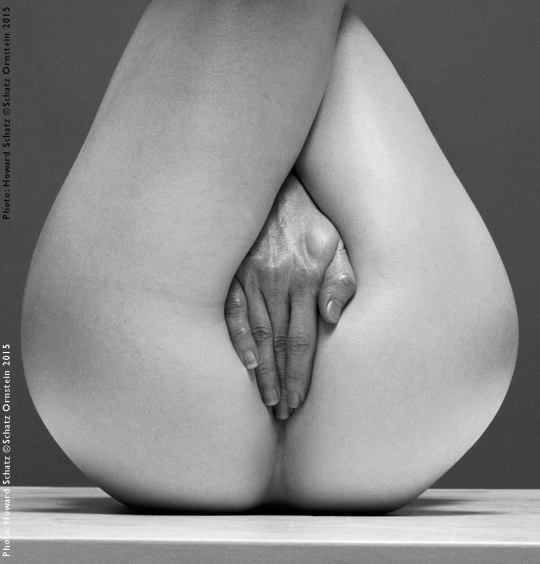

Schatz’s work is shown in galleries throughout the world, and his corporate clients include IBM, Nike, Virgin Records, Jaeger-LeCoultre and Mercedes-Benz. His work also appears in magazines such as Vogue, Stern, GQ, Time and Life. Schatz estimates that he took more than 10,000 pictures to get the 252 black-and-white duotone and color images that made it into his book , “NudeBodyNude.”
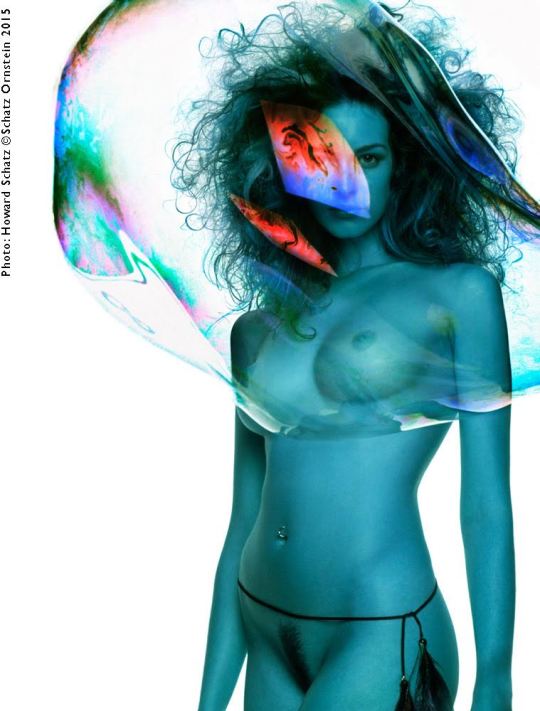
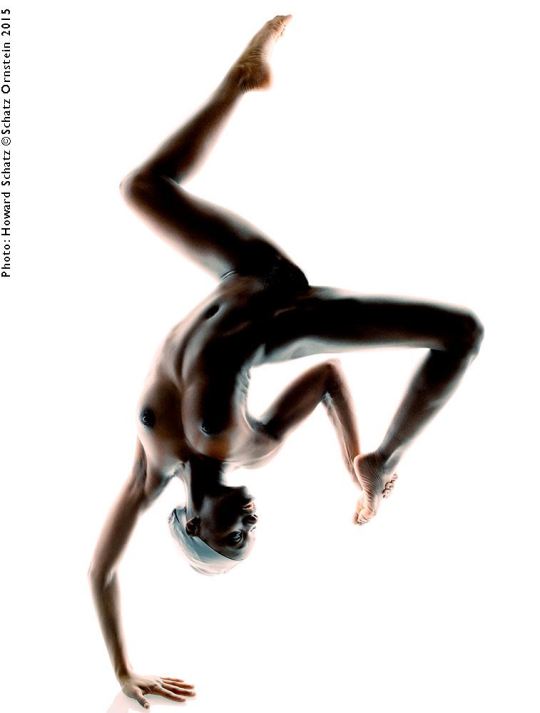
“At first it took me about a year of working on this project,” Schatz explains, “making what I would call very nice pictures, which is a terrible thing,” before he started to come up with images that he felt deserved to be in a book. “You look at a picture and someone says, ‘Very nice,’ it’s an insult. Anybody can make a very nice picture. But to make a picture that’s magical it takes everything, every bit of focus, every bit of skill honed over time — it takes something emotional or spiritual.”
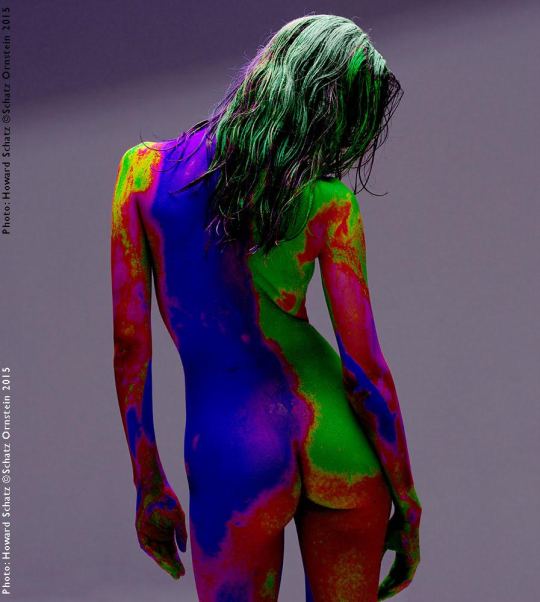

When he’s shooting, Schatz seeks to “let the gods in, and look for something that’s crazy and wild and different, something peculiar and wonderful.” He aspires to make a picture, he exclaims, “that is so astonishing that you can’t breathe when you look at it the first time.”
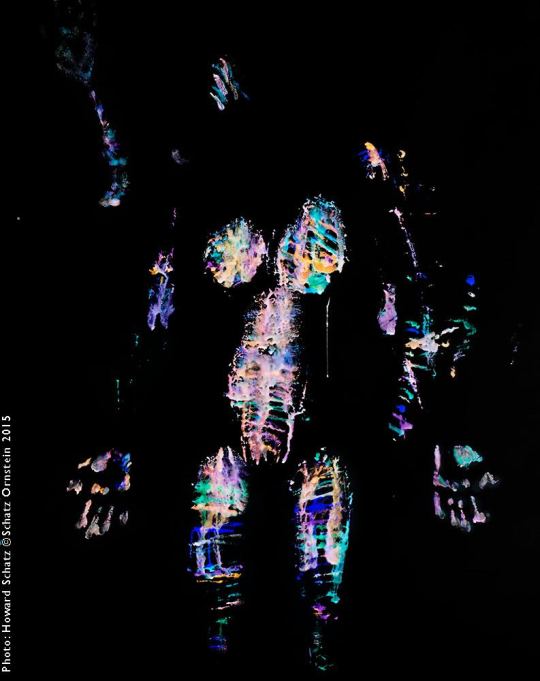
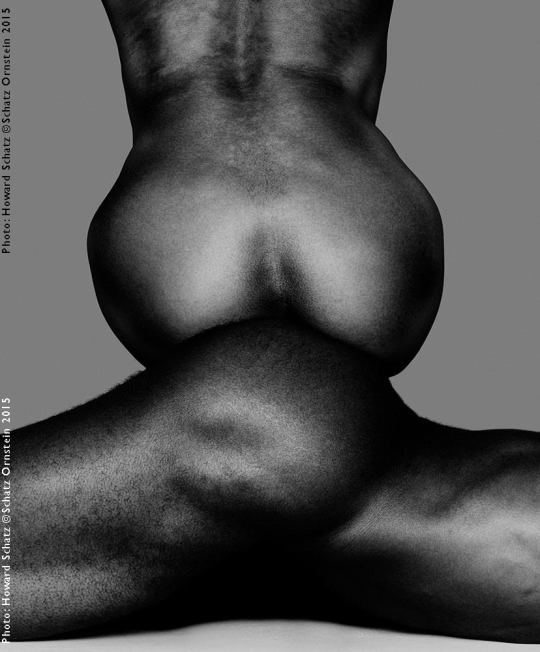

Ebullient and irrepressible, Schatz is something of an evangelist — for his own work, as you would expect, but, perhaps less predictably, for the idea of the nude, especially the naked human body as an object of desire. You don’t expect it of him because, by his own accounting, it was not a subject he immediately warmed to.


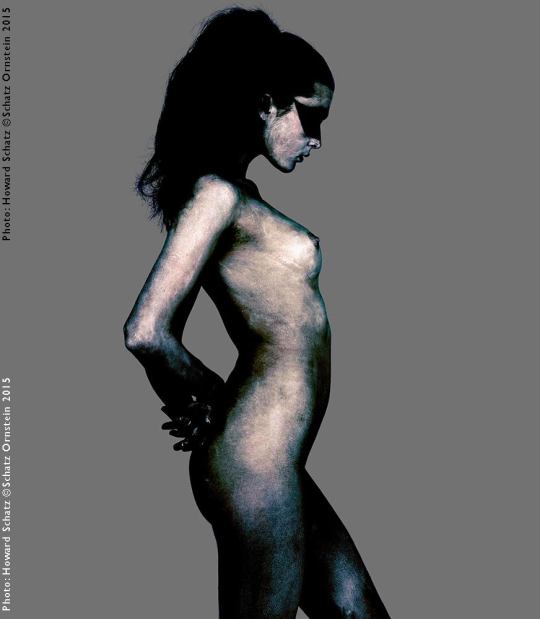
“This project had to do with making something that was sensual and sexy,” he says. “But it’s an approach I danced around, or only touched on, in my other books, as if with embarrassment and apology. In fact, I had a very hard time getting to the place I thought I could get to” in order to do a book that is pointedly erotic.


And though the photos in “NudeBodyNude” are predominantly of female nudes, several are strong, sensual images of nude males, which the heterosexual Schatz says were a challenge to create. “My take on men’s bodies has more to do with intensity and muscularity,” he remarks. “I was interested in power as far as men were concerned. I had them put on oil, and I had a bar where they could do chin-ups. It was about physicality.”
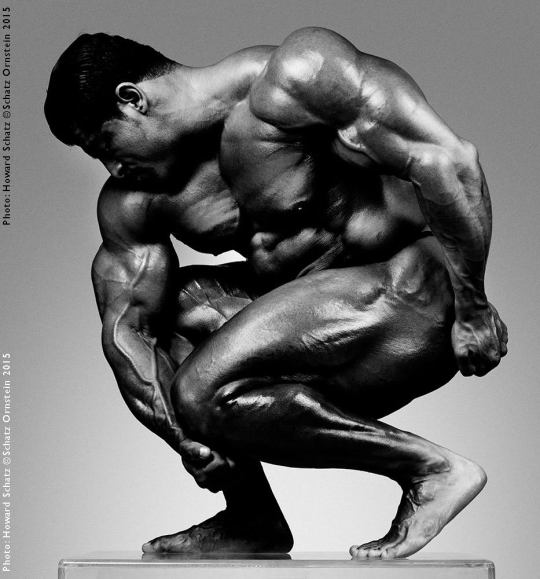
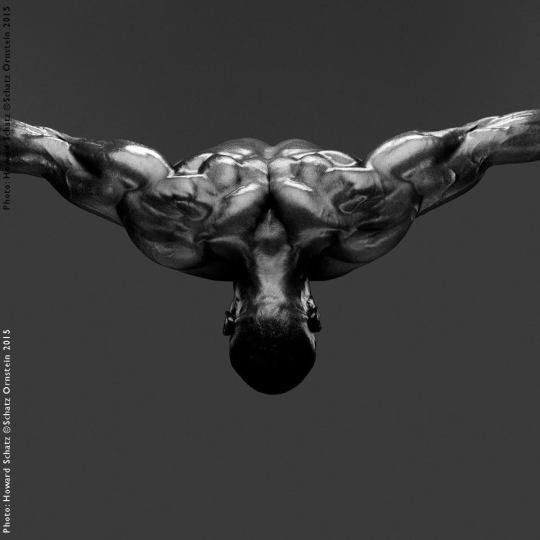
But whether he was working with men or women, Schatz says, he had to somewhat transform himself to create the atmosphere — and photographs — he had in mind. “I had to let go of my nice person, my careful, considerate, empathetic mode of behaving in the world,” he explains. “I told the models, ‘I’m a daddy; I have two daughters. And I tend to be very — you know — respectful. And respectful photos are going to be terrible.‘”
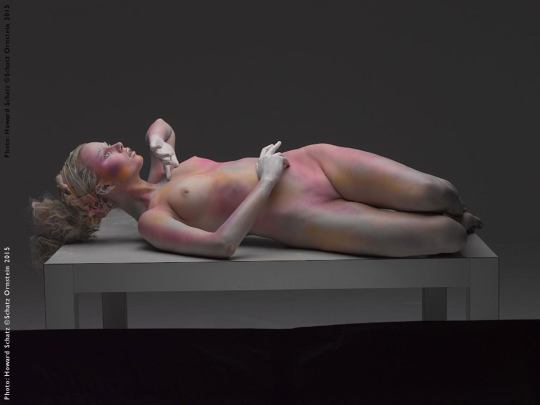
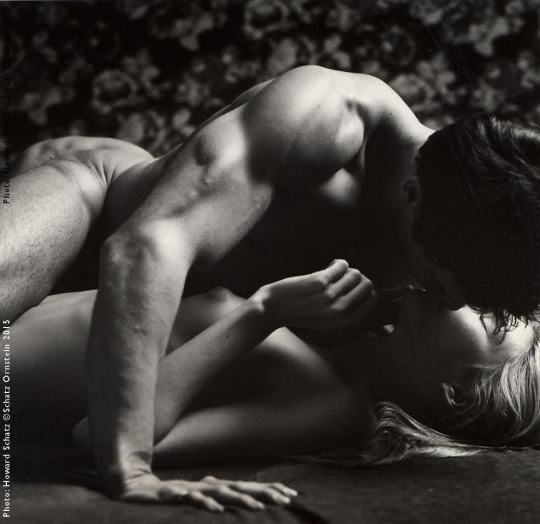
In creating “NudeBodyNude,” Schatz says he was intent on emphasizing the drama of sensuality without veering into the crudely graphic or gratuitous sexual imagery that is both dull and ubiquitous. “There are just a few pictures — some men, some women — where the genitals show. In the whole book, there’s not a picture of a woman lying down with her legs spread. I’m not interested in the labia, opened up. Penthouse is not a magazine I look at, buy or care about.”
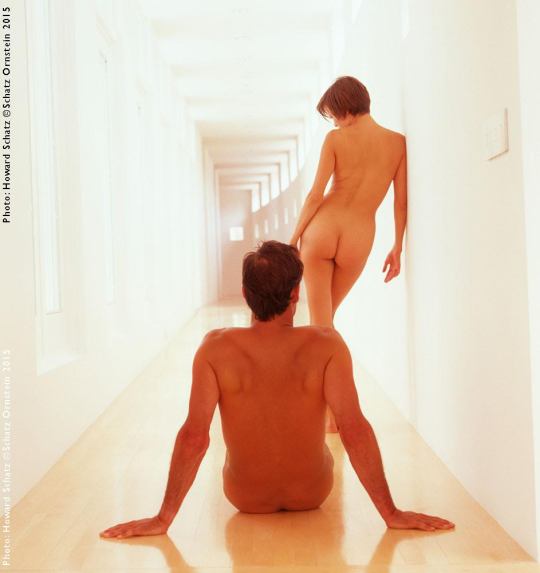
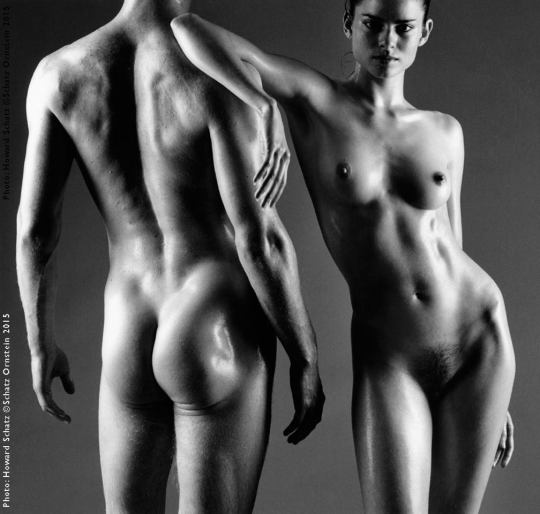
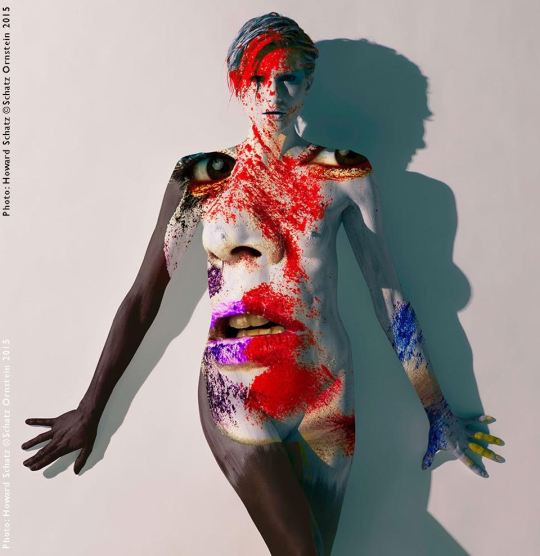
Did he want the photo sessions to be a sexual experience?
“No,” he says, “not really. I didn’t want to do that, but I wanted to find a way to make pictures that were unique.” Schatz did short interviews with each model, explaining exactly what he was trying to do. “I’d say, ‘This project requires someone who just loves having their picture taken without their clothes on. And if you aren’t comfortable with it, that’s fine — you shouldn’t do it.’ But in the case of the models who were, it made for pictures that were freer, more magnificent and much stronger. And after I got through that first year, I started making pictures that I felt I would want to show people.”
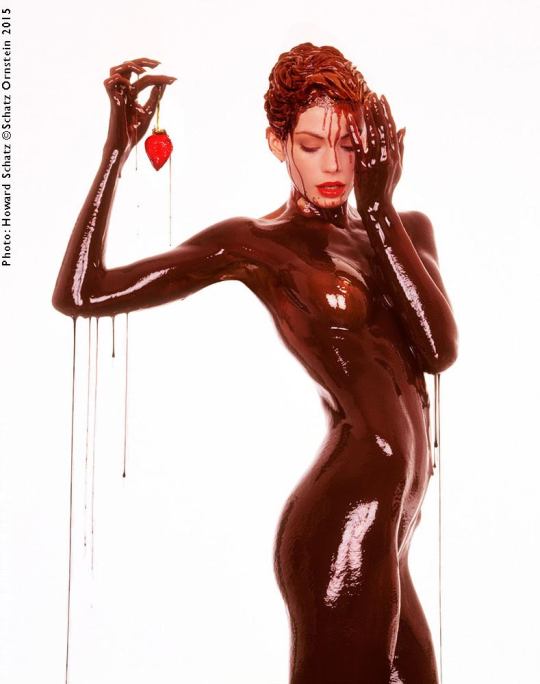

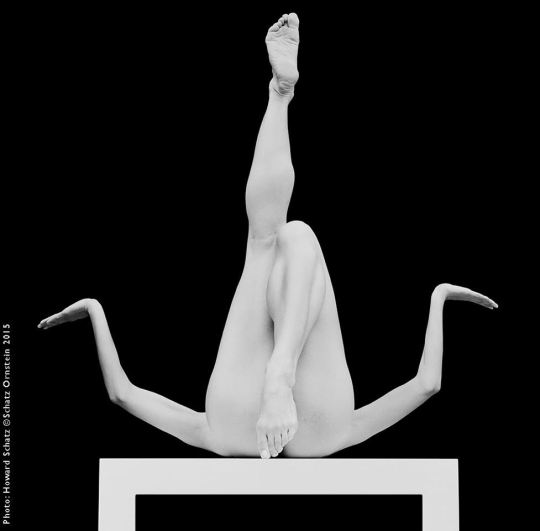
Douglas Cruickshank is a senior writer for Salon.